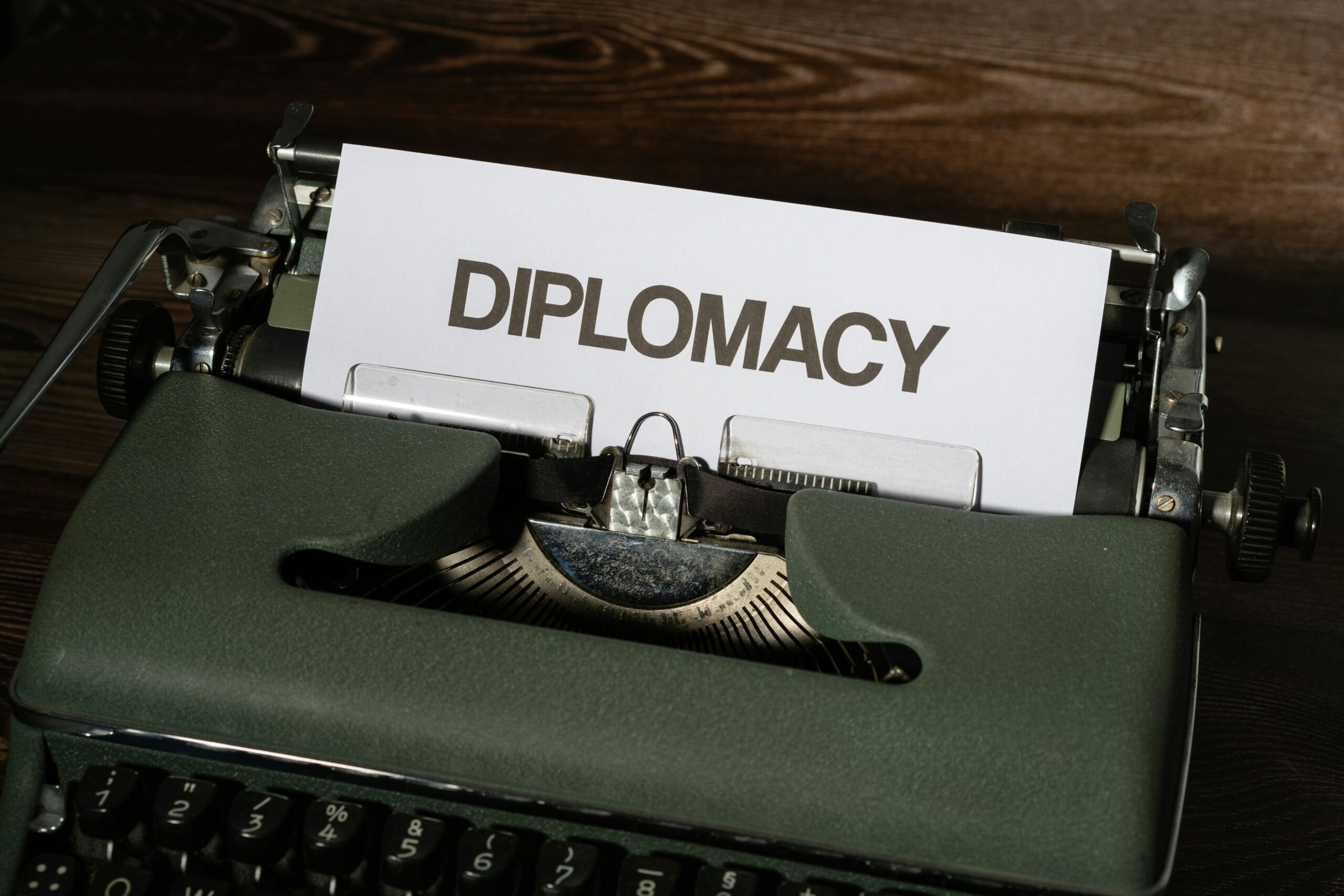The Visgrad Group developed the Central European Free Trade Agreement (CEFTA) a trade pact on December 21, 1992. To eventually join the political, economic, security, and legal systems of Europe, this pact aimed to galvanize efforts for integration into Western European institutions. Consolidating democracy with free-market economics was the ultimate objective.

Membership
On July 1, 2013, Albania, Bosnia and Herzegovina, Moldova, Montenegro, North Macedonia, Serbia, and the United Nations Interim Administration Mission in Kosovo (UNMIK), on behalf of Kosovo, became parties to the CEFTA agreement. Bulgaria, Croatia, Czech Republic, Hungary, Poland, Romania, Slovakia, and Slovenia are former parties. When they joined the European Union (EU), their CEFTA memberships came to an end.
CEFTA membership criteria
The following requirements must be met for a country to join CEFTA:
- WTO membership or an allegiance to abide by all WTO rules
- Party to any European Union Association Agreements
- Free Trade Agreements with the other countries that are currently members of CEFTA
First agreement
On December 21, 1992, in Kraków, Poland, the Visegrád Group nations—Poland, Hungary, Czechia, and Slovakia—signed the original CEFTA agreement. At the time, Slovakia was still a part of Czechoslovakia. In July 1994, the agreement went into effect. Participating nations aimed that CEFTA would help them to focus on integrating into Western European institutions. And as a result, joining the political, economic, security, and judicial systems of Europe, strengthened democracy and free-market capitalism. The agreements signed on September 11, 1995, in Brno, and July 4, 2003, in Bled, respectively, were amendments to the original agreement. Slovenia, Romania, Bulgaria, Croatia, and Macedonia all joined CEFTA in 1996, 1997, 1999, 2003, and 2006 respectively.
2006 agreement
The Central European Free Trade Agreement was significantly modified, and its membership was expanded, on December 19, 2006, in Bucharest, under the chairmanship of Romania, to become CEFTA 2006. It was a cutting-edge and ambitious free trade agreement with six new Parties from South-Eastern Europe. Between July and November 2007, this revised CEFTA became effective across all Parties after the required ratification procedures. The parties’ haste in ratifying the agreement demonstrates their conviction in the value of CEFTA in promoting regional economic growth and the EU membership agenda. The signatories to CEFTA 2006 are Albania, Bosnia and Herzegovina, Croatia, Macedonia, Moldova, Montenegro, Serbia, and the UNMIK on behalf of Kosovo following United Nations Security Council Resolution 1244. As stipulated in the Agreement, Bulgaria and Romania withdrew from CEFTA upon joining the EU in 2007, and Croatia followed suit upon joining the EU in July 2013. Each CEFTA Party has appointed official Contact Points to coordinate communications on behalf of their respective Party with the various stakeholders. Additionally, they furnish the Secretariat with official data and information.
Independence of Kosovo
UNMIK continued to represent Kosovo at all CEFTA sessions after the declaration of independence for Kosovo on February 17, 2008. Kosovo updated its customs stamps at the end of 2008, substituting Kosovo for UNMIK. As a result, trade with Bosnia and Serbia was blocked because those two countries do not recognize the Republic of Kosovo. In retaliation, the Pristina administration put its import ban on goods coming from Serbia. In July 2011, this resulted in fights at border crossings.
Relationships with the EU
Since all of the formerly participating nations had already signed association agreements with the EU, CEFTA acted as a stepping stone toward full membership in the EU. On May 1, 2004, Poland, the Czech Republic, Hungary, Slovakia, and Slovenia joined the EU. Bulgaria and Romania followed on January 1, 2007. On July 1st, 2013, Croatia became an EU member. Since 2012, 2014, and 2020, negotiations for membership in the EU have been ongoing with Montenegro, Serbia, Albania, and North Macedonia. Future members established free trade zones to get ready for accession, per advice from the EU. EU nations account for a sizable share of CEFTA’s international trade.



